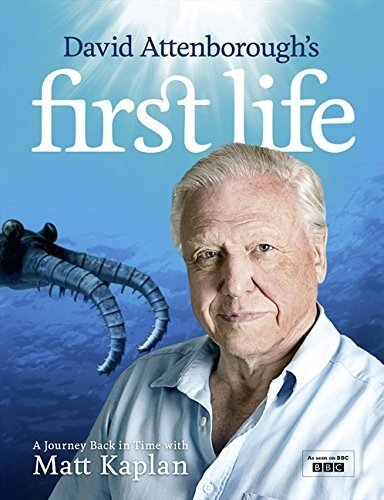While creating beautiful articles about cutting edge research for the news is my lifeblood, every now and again I get a chance to ponder loftier subjects. To date, I've spent a lot of my free time investigating the boundary between fiction and science. This has led me to study the mythology of our ancestors and ask if the monsters and magic found in these tales are the result of our ancestors trying to explain an otherwise confusing and sometimes frightening natural world. I’ve also written a book about the evolution of life with David Attenborough.
This book takes a look into the elements of mystical places and magical objects—from the philosopher’s stone, to love potions to the oracles—from ancient history, mythology, and contemporary culture.
Can migrations of birds foretell our future? Do phases of the moon hold sway over our lives? Are there sacred springs that cure the ill? What is the best way to brew a love potion? How do we create mutant humans who regenerate like Wolverine?
I take a look at the rich, lively, and surprising history of the magical objects, places, and rituals that infuse ancient and contemporary myth. From the strengthening powers of Viking mead, to the super soldiers in movies like Captain America*, I range across cultures and time periods to point out that there is often much more to these enduring magical narratives than mere fantasy. Informative and entertaining, Science of the Magical explores our world through the compelling scope of natural and human history and cutting-edge science.
*You've probably never thought of comic books as modern mythology but really, the differences between characters like Iron Man and Odin are a lot smaller than many realise.
"A sprightly survey of how some myths and rituals anticipated later scientific hypotheses, and of how science itself is now materializing the visions of ancient myth" - The Wall Street Journal
"A journey spiced with the wonders of myth, history and art, leavened with impeccable research, endlessly fascinating" - Deborah Blum, Author of the Poisoner's Handbook
"Kaplan considers how things that were once the stuff of legends could one day become reality. ...filled with cool cocktail-party tidbits." - The Atlantic
"Matt Kaplan takes a smart, funny trip through the ancient stories of magic that still have the power to enchant us today. In the process, he also provides a remarkably wide-ranging tour of modern science, from geology to neurobiology. Far from being a glum debunker, Kaplan offers us new experiences of wonder through his investigations. The effect is, dare I say it, magical" - Carl Zimmer, Author of Planet of the Viruses
"Kaplan will not only enlighten and charm you, but will also change the way you think about what is science and what is magic." - Daniel E. Lieberman, Professor of Human Evolutionary Biology, Harvard University
We all know “there’s no such thing as monsters,” but our imaginations tell us otherwise. From the mythical beasts of ancient Greece to the hormonal vampires of the Twilight saga, monsters have captivated us for millennia. In this book I employ a mix of cutting-edge research and a love of lore to explore the history behind these fantastical fictions and our hardwired obsession with things that go bump in the night. The Science of Monsters tackles the enduring questions that arise on the frontier between fantasy and reality. Did dragons really exist? What inspired the creation of vampires and why are we so drawn to them? Are we close to making Jurassic Park a reality by replicating a dinosaur from fossilized DNA? The book takes readers to the forefront of science, where our favorite figures of horror may find real-life validation.
"A fascinating read." - The Independent (UK)
"Lively and compelling... such a guilty pleasure." - The Telegraph (UK)
"Delightfully serious!" - Kirkus
"An organizational marvel...exceedingly though-provoking." - School Library Journal
This is the epic story of the beginning of life on Earth.
Spanning billions of years, First Life reveals the extraordinary story of the evolution of the first life on Earth and how it then evolved into multicellular life, the first plant, the first animal, the first predator, the first to live on land: key moments in the development of the huge diversity of life that has lived on planet Earth.
First Life travels the world, from Canada to Australia, Morocco to Scotland, to unearth the secrets hidden in prehistoric fossils and meet the palaeontologists who have harnessed new techniques to enhance greatly our understanding of the origins of life.
With an introduction by David and my text guided by his thoughtful leadership throughout the rest of the book, reading this is really a journey of discovery that shows us what early animals would have looked like and how they would have lived. First Life shows us how evolutionary features of the first creatures have been passed down to modern animals, including humans.



